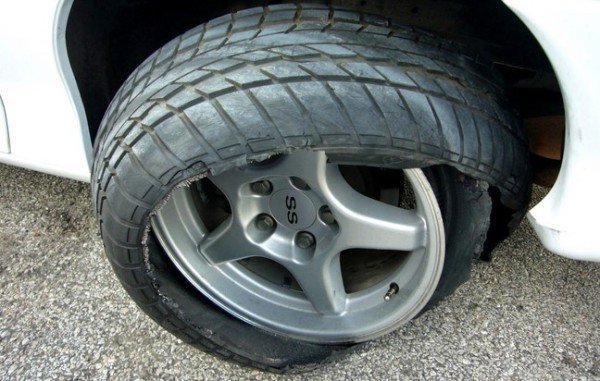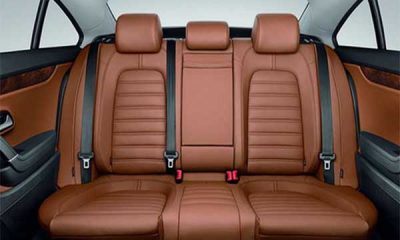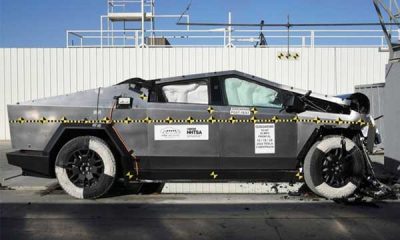Tips
Expert Advise On What To Do To Properly Handle A Tyre Blowout
-

 News1 week ago
News1 week agoNow Restored : Cristiano Ronaldo Seen Driving His $2.2M Bugatti Veyron, Three Years After Crash
-

 News7 days ago
News7 days agoChina’s GWM Begins Production At Its New Brazilian Factory Formerly Owned By Mercedes-Benz
-

 Celebrities Auto1 week ago
Celebrities Auto1 week agoCheck Out Femi Otedola’s Cars In Monaco, Including $1.3m Klassen Mercedes V-Class, Rolls-Royce Phantom 8
-

 News5 days ago
News5 days agoCletus Ibeto’s N1.7b Rolls-Royce Cullinan Series II Gets ‘Gold’ Spirit of Ecstasy, ‘The Ancestors’ Number Plate
-

 News1 week ago
News1 week agoBRABUS 700 : Brabus Turns 2025 Rolls-Royce Cullinan Series II Into A Head-tuning Masterpiece
-

 News5 days ago
News5 days agoNestoil Boss, Obi Jackson, Pulls Up In Style In Mercedes-Benz S600 Pullman Guard Limousine
-

 Concept Cars7 days ago
Concept Cars7 days agoAcura RSX Makes A Return As An Electric Coupe SUV (Prototype)
-

 Celebrities Auto6 days ago
Celebrities Auto6 days agoRapper Travis Scott Checks Out All-new $3.5 Million Lamborghini Fenomeno During Invite-only Event

















Ogbuagu Chiedozie Collins
November 8, 2018 at 05:28
Emeka , what if it is the front tyre(s) that blew when you are on high speed. Without applying the brakes, do you think the car, firstly, will start slowing down on it’s own or it will just start the usual somersaulting we hear in such cases. What do you think?
Nwogbunyama Emeka
November 8, 2018 at 09:39
No, the burst won’t cause it to start somersaulting; slamming the brakes does.